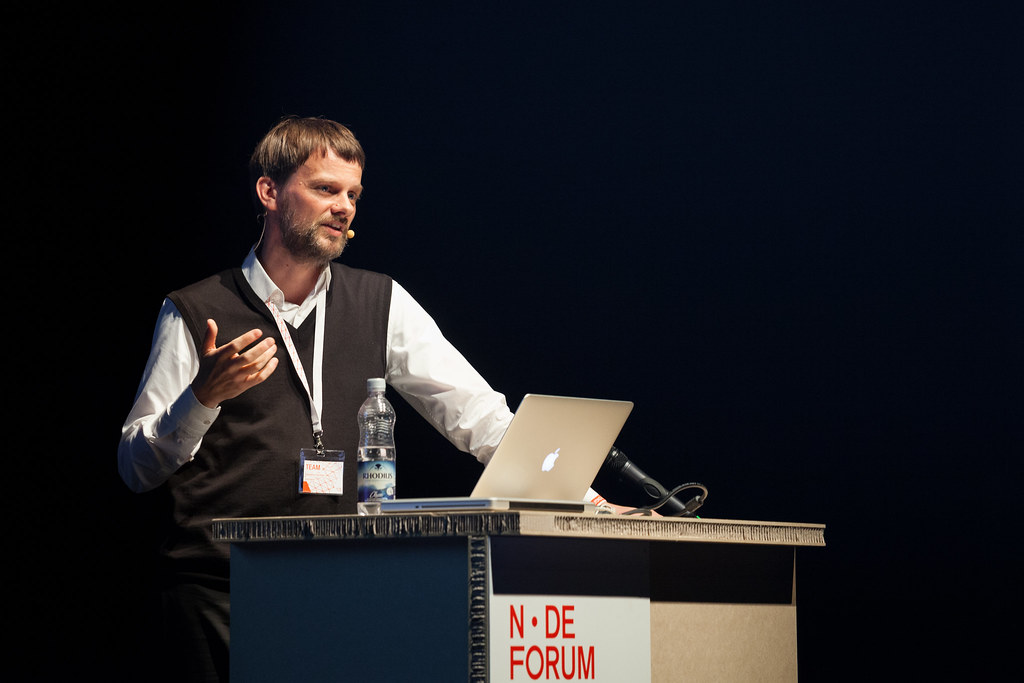27 Apr 2015 – 3 May 2015
Mousonturm & Naxoshalle
Frankfurt/Main, Germany
Who twists whom around the finger? Digital technology is not supposed to stop at your finger tips, even if the word itself may suggest that. New systems react on sheer presence, to winks and gestures, monitor the slightest blink of the eye, capture muscle tensions and subtle changes in our biochemistry. But where does that leave us, the inhabitants of this human body?
16 lectures
4 panels
12 speakers
1.000+ visitors
Designers and artists continually explore the market for niches and new ideas. Clever product developers release new products every day which allow the human body to communicate more effectively, more beautifully, more incidental and more intelligently with the digital machines that surround us. Everything is measurable, the slightest impulse of human behavior can be stored, processed and reacted upon. The body can be monitored, controlled, optimized and annihilated with code. But what does this do with our body?
We brought together just emerging positions (like in fashion and textile crafts) with well established disciplines (like in electronic music). We mixed highly controversial positions (as in surveillance technologies) with universally accepted stances (as in prosthetics). Each of the four panel starts with an introductory talk by each participant and will continue in a discussion.

Panel Discussion, Talk
The cavemen paintings are one of the earliest relicts of the use of virtual reality for entertainment and didactical purposes.

Panel Discussion, Talk
Textile crafts have used digitally coded algorithms over 30.000 years before the invention of the computer.

Panel Discussion, Talk
Switching on a light, cooking a meal, placing a phone call, watching TV or driving a car - almost all human activities in our modern civilization are controlled by computer programs.

Panel Discussion, Talk
The biological function of music is still to be understood completely, but music has always been part of human culture.
Sebastian Oschatz explains the theoretical background of NODE15’s symposium and introduces its four panels.

Sebastian is a designer working in the intersection of digital technology, communication and space. He sparked the development of the software toolkit vvvv and designed and programmed many of its basic concepts.
In 1998 he co-founded the design studio MESO Digital Interiors GmbH. He is responsible for the strategic conceptual, creative and technical planning of exhibits and digital spaces for industry clients such as BMW or KUKA, as well as cultural institutions.
His passions are transforming borders and enabling innovation by deeply exploring technical foundations and questioning the framing of the problem.
Until 1994 was part of the music project Oval, which pioneered experimental glitch aesthetic with an accessible pop sensibility.
He studied computer science, and has worked as artist. He occasionally teaches history of technology and interaction design at various universities.